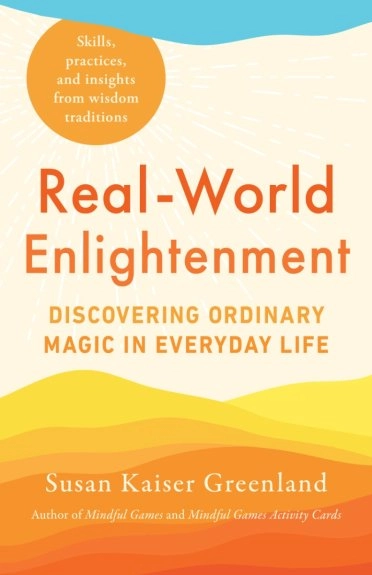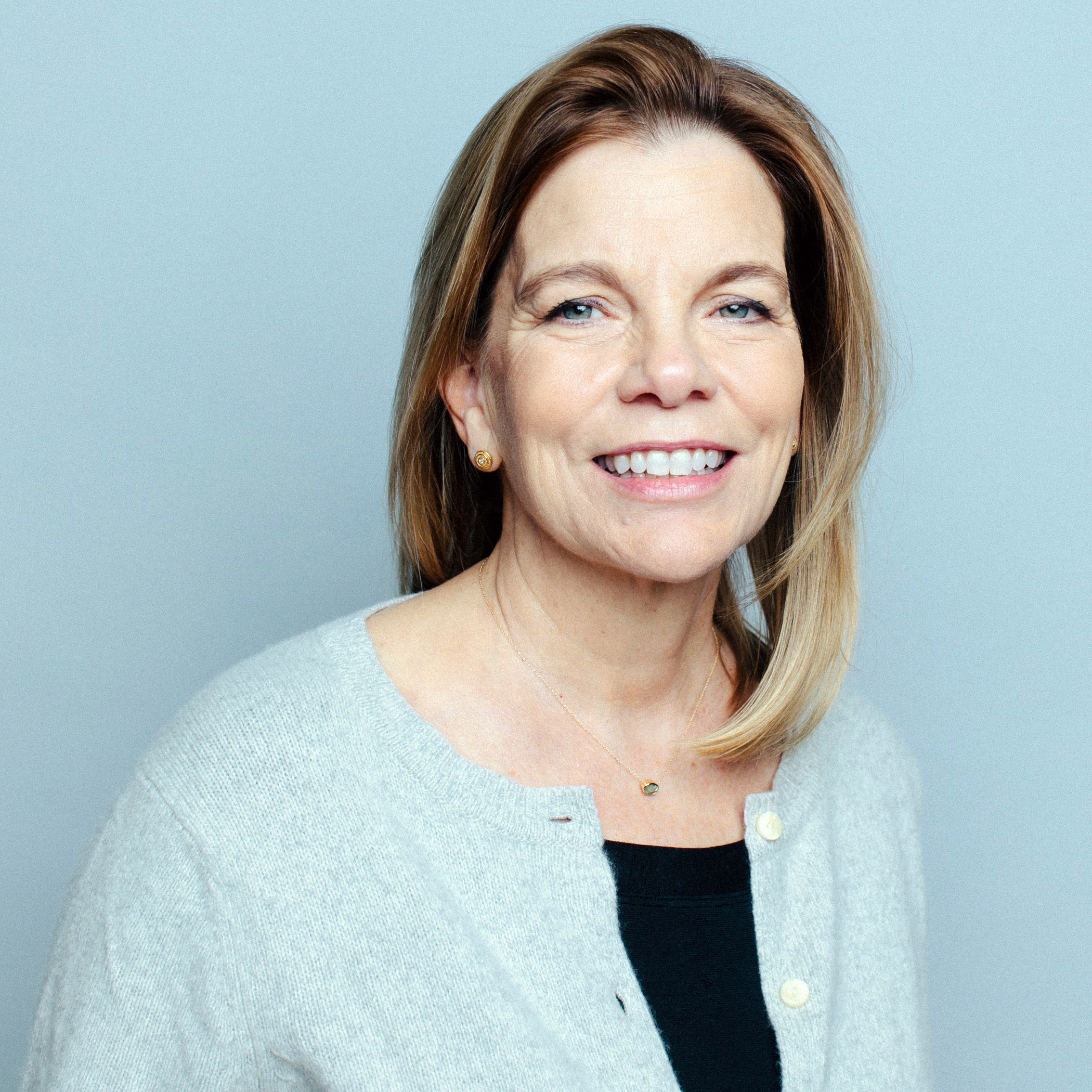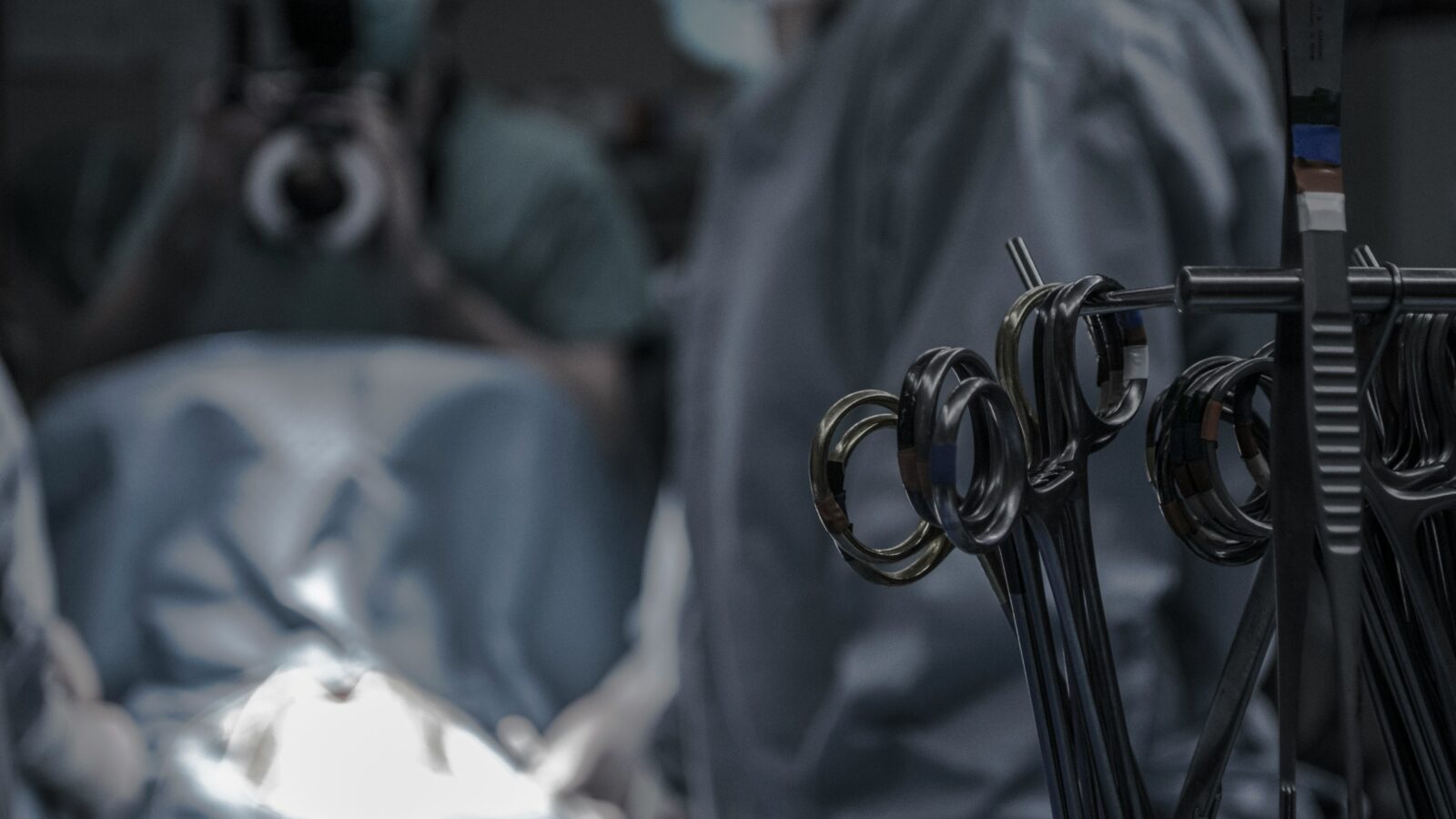Heart surgery is a challenging experience under the best of circumstances, and it was tough during the height of the COVID pandemic. In many hospitals, patients had to go it alone. My surgery was scheduled for when the first Omicron wave of the pandemic was at its peak. Infections had skyrocketed, and no visitors were allowed. Seth drove me to the hospital on the morning of my surgery and dropped me off at 5 a.m. The look on his face when we said goodbye at the waiting room door reminded me of how I felt when we dropped off our kids at college orientation and, before that, the first time we dropped them off at summer camp. Even though I knew better, it felt like I might never see them again. On the morning of my surgery, I was the child being dropped off at summer camp; I felt it could be the last time I’d see Seth. The adult me figured I’d be okay, but deep down, I was frightened by the remote chance that something would go terribly wrong.
A surgical aide closed the waiting room door and walked another heart patient and me down a dark, windowless hallway to the room where we would be prepped for surgery. My companion was a father with two young children who had said goodbye to his wife in the hospital parking lot. At sixty-five, I thought I was young for heart surgery, but he was much younger. On the long walk down a short hallway, he told me it was his second heart operation; his first one hadn’t worked. He was looking at longer odds of success and a longer recovery time than I was. Both of us were nervous. When we got to the prep room, we wished each other luck as the clinician gave us gowns to change into and plastic bags for our belongings. She pulled one curtain around his gurney and another around mine. I expected we’d meet again in the Cardiac Intensive Care Unit the next day, but I never did see him. I hope he’s okay.
As soon as I had changed, a sea of busy strangers bustled around me. They gave me an ID bracelet, took my valuables, asked questions, and prepared me for surgery. Or, more accurately, they tried to prepare me for surgery. As much as I knew intellectually that the clinicians were well-trained and there to help, my body tensed up like a metal suit of armor. Weirdly, I had no idea I was tense until the clinician told me so. I must have left my critical thinking and perspective in the waiting room with Seth because I thought I was being a model patient.
My hallway companion and I weren’t the only ones who felt stressed that morning. The young clinician from the anesthesiology department who was prepping me was under pressure, too. On the other side of the thin curtain the nurse had pulled around my gurney to separate us from everyone else, people were urging him to hurry so they could get me to the operating room on time. He was racing against the clock and had difficulty finding a vein. My body was not cooperating. I wish I could tell you that my meditation practice kicked in at that moment, that I relaxed my mind and my body relaxed in response. But my being an ideal, mindful patient was not in the cards. I was scared, and my intellect had stopped running the show; my nervous system had taken over. This was not a positive development for the clinician or me. My intellect needed to be more emotionally intelligent, and my emotions needed to be more insightful.
Like an angel, one of the surgeons appeared at the side of my gurney and started a conversation with us. Given her easygoing tone and manner, you’d think we were old friends who had run into each other at the supermarket. She talked to me about her work and mine. She held my hand with one hand and passed the clinician a tool he needed with her other hand. The clinician remarked on how unusual it was for a surgeon to pitch in and help. She smiled and told him she had trained at the county hospital, where everyone helped each other. The mood in the room shifted. The clinician found a vein, the IV was in my arm, and I was going to surgery. Luckily for the clinician and me, the surgeon had lent us her nervous system that morning; she recognized that we were struggling and met us with care and connection.
Meeting experience with love doesn’t mean condoning bad behavior or letting go of a skillful response. It only asks that we approach the experience with the intention to love. When we’re open to the full range of our emotions, we can touch an immense sense of love even in the most challenging situations. When we do, it becomes possible to negotiate whatever we face with playfulness, attention, balance, and compassion.
The warmth and care the surgeon brought to work that morning embodied the highest form of love. This love is noble, tender, open, and expects nothing in return. Agendaless love lightens our loads and brings us together. You may think you’re alone and there’s no one like this surgeon you can connect with, but purposeless love is everywhere. Walk in the park or sit on a park bench and watch the passersby. At first, people may seem guarded and self-involved, but flash them a smile, and barriers will drop. Some people will smile back at you, others will say hello, and a dog might run over to you wagging its tail and looking to be petted. Suddenly, the world seems like a friendlier place—warmer and more connected.
When our nervous systems are on high alert, it’s tough to be open to expressions of love and even harder to reach out and love someone. When we are guarded, how do we connect with noble love, a core element of our natural goodness and fundamental sense of well-being? We relax. Relaxation is in a feedback loop with love; when relaxation feels out of reach, love will help us relax. When love feels out of reach, relaxation will help us connect with it. Both are contagious.
On the morning of my surgery, I was lucky there was someone there to meet me with love. But even when we’re on our own, there’s noble love to tap into. Being loving toward yourself can be harder than expressing love to someone else, but anyone can do it if you know what to look for and where to look. One straightforward way to understand how to look is by reframing the Golden Rule. Instead of “Do unto others as you would like others to do unto you,” practice “caring for yourself as well as you care for others.” If you value honesty, be at least as honest with yourself as you are with friends and family. If you let people off the hook for their mistakes and imperfections, be at least as forgiving with yourself as you are with them. If you are patient with others, be patient with yourself too. Telling yourself to be honest, forgiving, loving, and patient can backfire, though, the same way someone telling me to relax can backfire. Just thinking about developing these laudable qualities when we don’t feel them can seem like pressure and put us on edge. Centuries-old meditation practices offer an effective solution to this conundrum by harnessing the power of imagination.

Excerpted from Real-World Enlightenment: Discovering Ordinary Magic in Everyday Life by Susan Kaiser Greenland © 2024 by S. Greenland, Inc. Reprinted in arrangement with Shambhala Publications, Inc. Boulder, CO. www.shambhala.com


